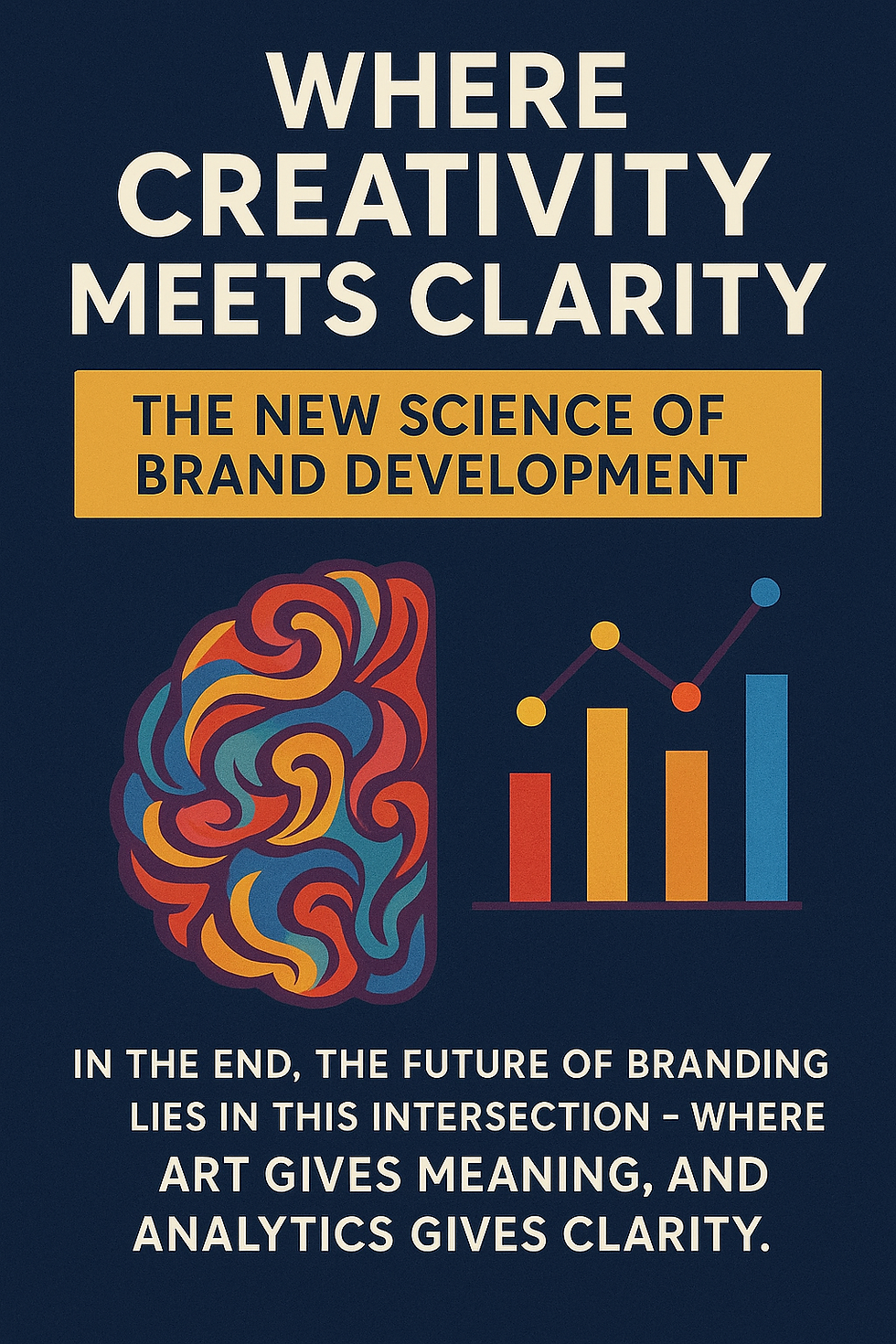Car Colors Tell a Story: Why 40% of Indian Cars Are White, While 22% of Irish Cars Are Gray
- Uttam Sharma
- Sep 6
- 2 min read


Color is more than just decoration—it is a window into human psychology, culture, and even practical considerations like climate, heat and weather. Research shows that color choices reflect personality traits, from boldness and creativity to calmness and reliability. In cars, these choices are shaped not only by individual tastes but also by collective societal preferences and the environment in which people live (Boardwalk Auto Group, 2024). 2025 makes this narrative even richer.
Volkswagen, one of Ireland’s most trusted brands, is celebrating 75 years in the country—a milestone that reflects how heritage and trust shape consumer habits (Motors Ireland, 2025). The anniversary arrives in a year where Ireland’s car market continues to honor balance and tradition.
Ireland
A Story of Balance and Practical Elegance. The Irish car color market paints a picture of a nation that values practicality, tradition, and understated sophistication.
Based on data analysis of open source data published in 2022 collected from all 26 counties in Ireland, covering 47,000 cars across 26 major car makers including Volkswagen, Ford, Toyota, BMW, and Hyundai, Gray emerges as the most popular color at 22%, closely followed by Black at 21%.
Other colors such as White (16%), Blue (14%), Silver (13%), Red (10%) round out the palette, revealing a balanced distribution of preferences. The variety is subtle yet meaningful: Irish drivers tend to choose colors that are timeless, adaptable to weather conditions, and reflective of a calm, reliable personality (Boardwalk Auto Group, 2024).
India
A Bold Preference for White in contrast. India’s car color landscape tells a story of a single, powerful cultural preference. White dominates with 40% of all cars sold, significantly outpacing Gray (15%), Silver (12%), and Black (10%) (Times of India, 2022).
This overwhelming preference reflects both cultural and practical factors: white symbolizes purity and peace, and its reflective properties make it ideal for India’s warmer climate. Here, car color choice is less about subtlety and more about shared cultural meaning and practicality, demonstrating how collective values shape consumer behavior.
Contrasting Insights
Comparing the two countries, the differences are striking. Ireland shows a relatively even spread across multiple colors, suggesting a diverse yet conservative market that balances style, practicality, and environmental adaptability. India, meanwhile, demonstrates the power of a single dominant cultural preference. These insights reveal how car colors act as mirrors of society, offering subtle yet meaningful cues about collective priorities and personality traits.
Conclusion
The psychology of color, combined with climate, culture, and history, continues to influence consumer decisions in surprising ways. Ireland’s car market reflects a unique blend of tradition, reliability, and balance. In India, the dominance of white illustrates the strength of cultural symbolism and practical considerations influenced by heat in shaping market trends. By understanding these patterns, we gain a deeper appreciation of how human psychology and societal values intersect—even in something as everyday as choosing a car color.
References:
Boardwalk Auto Group. (2024). The Psychology of Car Color Choices: What Your Vehicle Says About You. https://www.boardwalkautogroup.com/blog/2024/december/27/the-psychology-of-car-color-choices-what-your-vehicle-says-about-you.htm
Kaggle. (2025). Car Color Analysis in Ireland – 47,000 Cars Across 26 Counties.
Motors Ireland. (2025). Volkswagen Group Ireland Celebrates Record Sales as It Prepares for a Year of Milestones in 2025. https://www.motorsireland.ie/2025/01/20/volkswagen-group-ireland-celebrates-record-sales-as-it-prepares-for-a-year-of-milestones-in-2025/
Times of India. (2022). Top-selling Car Colours in India, 2022. https://timesofindia.indiatimes.com/top-selling-car-colours-in-india-2022



Comments